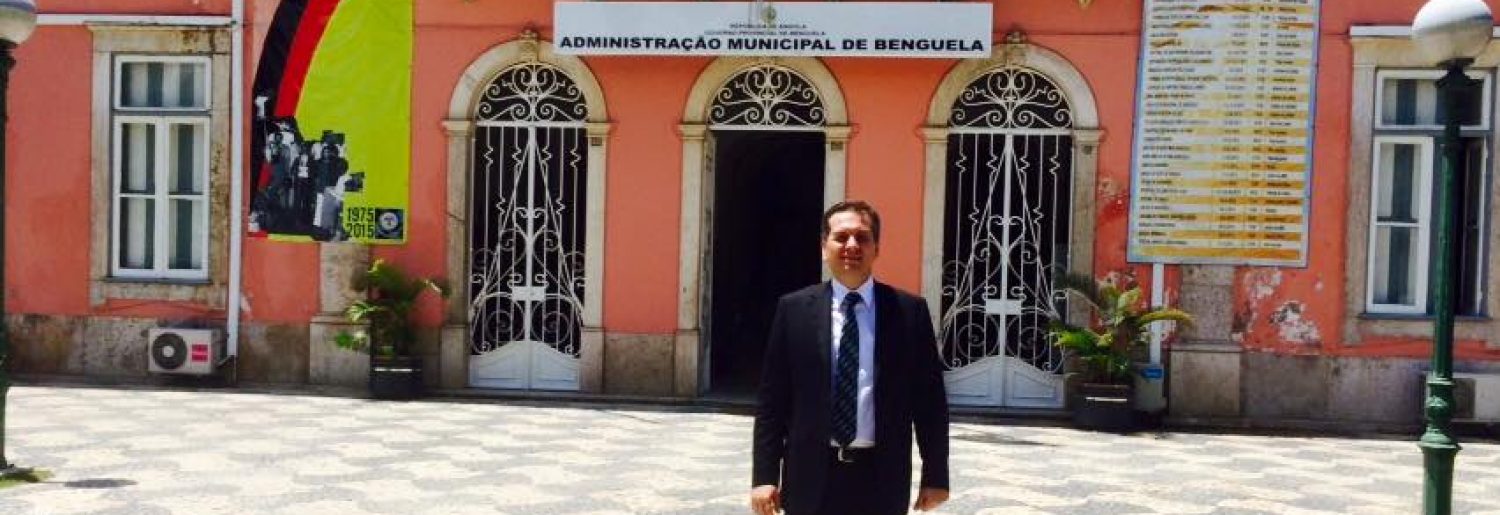I visited most of the Lebanese banks’ head-offices in Beirut on 14-15 May 2013 to assess the financial risks of the country. My notes about the country are as follows:
The Christian-Muslim civil war in the country that started in 1975 ended in 1990. The population of Christians and Muslims were equal before the civil war; however, after the civil war, 60% of the population comprised of Muslims.
In 1976 Syria invaded Lebanon with 30,000 soldiers to protect Christians. Assassination of the former prime minister, Refik Hariri, in 2005, and the reaction of the Lebanese public to Syria, led to the withdrawal of all Syrian troops. However, the economic relations between the two countries have continued and the civil war in Syria has adversely affected the country.
The Israeli-Lebanese crisis began in 2006, the conflict was fierce and during the Israeli air strikes, Lebanon and the southern part of Beirut were severely damaged. The economy, which was in a depression in 2006, has slowly recovered in the following years. The Lebanese, who were living abroad, supported the Lebanese economy during those years.
There are numerous global Lebanese traders in Beirut, and these traders provide significant support to the country’s economy, which doesn’t have large industrial installations. Economic liberalism in the country helped Lebanon establish a vibrant economic environment.
Liquidity is extremely high in Lebanese Banks. Although the loan/deposit ratio is 80% on average in the world, this ratio is between 15% and 45% in Lebanese banks that I examined. The average loan to deposit ratio is 32.5% in the Lebanese banking system. To prevent capital flow into risky markets, the Central Bank of Lebanon has banned investment in countries and financial instruments which have an investment grade below BBB, which is the threshold for investment.
However, despite the efforts of the central bank to reduce risk, credits have been allocated in risky markets (8% of the bank loans in Syria, 8% in Egypt, 5% in Jordan) and 25% of country export is still to Syria. This is the riskiest point of the banking system and the Lebanese economy.
– The three largest banks in the country are Bank Audi, Blom Bank and Byblos Bank. Byblos Bank has a %52 share of a bank which has 11 branches in Syria. Therefore, the Syrian civil war will probably affect the Byblos Bank through its subsidiary in Syria. However, Byblos Bank’s subsidiary in Syria makes up a small portion of its assets on its balance sheet. So the effect will be minimal.
 813total visits,5visits today
813total visits,5visits today














